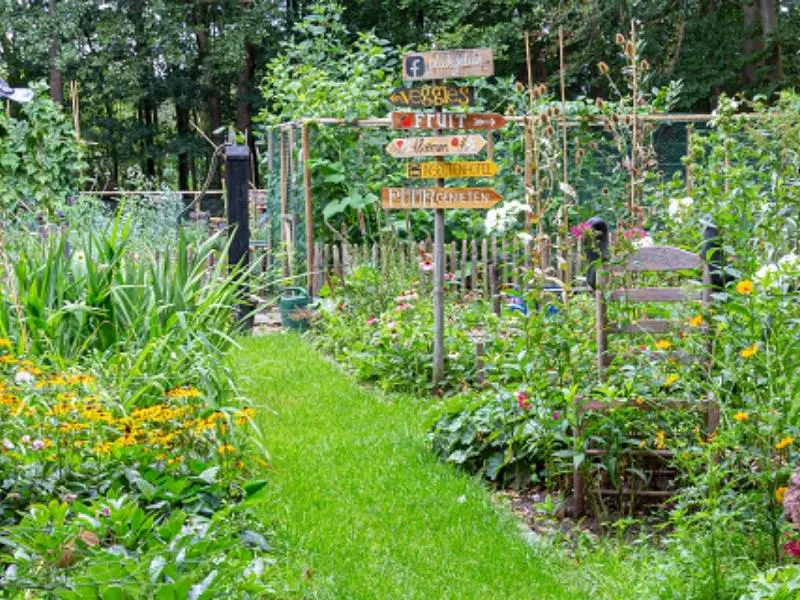
Fall gardens produce vegetable and flower plants that fully mature in the fall before the cold weather sets in. Planning a fall garden involves planting late-season seeds in the summer, 14 weeks before fall, which will grow into mature crops that produce throughout fall and winter.
There are plenty of vegetables to plant for a fall garden. These plants include tender annuals, like corn and tomatoes, and hardy annuals, like broccoli and lettuce
What to Grow for a Fall Garden
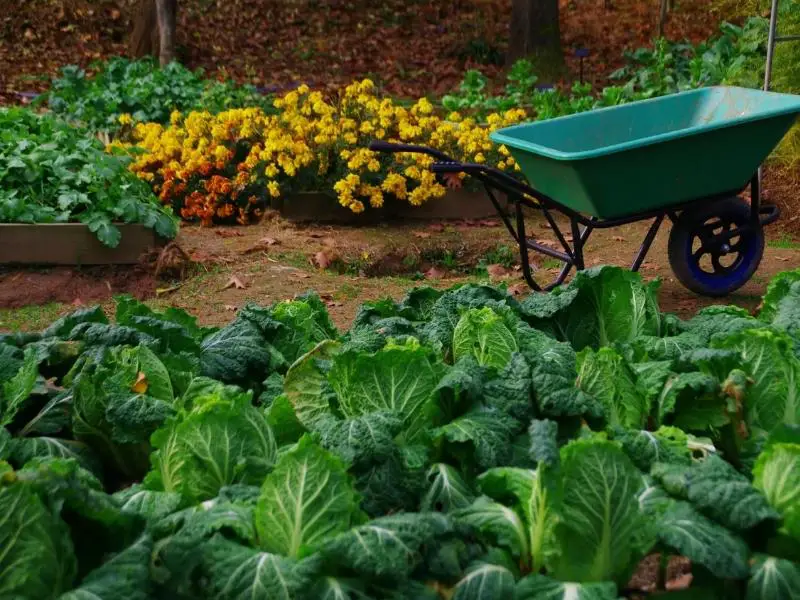
Hardy and tender annuals grow well in a fall garden. Cold hardy vegetables — like peas, lettuce, and broccoli — are resistant to colder weather, making these plants the most successful for a fall garden. Tender annuals — like tomatoes, corn, bush beans, cucumbers, pumpkin, and summer squashes — are usually harvested in summer but can extend into the fall if seeds are planted in batches. The last batch needs to be harvested before the frost and cold harsh weather.
Other annual plants that are typically planted for fall gardens include:
Brassicas
- Brussel sprouts
- Cabbage
- Cauliflower
Greens
- Kale
- Spinach
- Collards
- Arugula
- Mustard greens
Root vegetables
- Beets
- Carrots
- Radishes
- Sweet potatoes
- Celery
- Turnips
- Leeks
Other vegetables
- Green onions
Herbs
- Parsley
- Cilantro
Flowers
- Pansies
- Mums
- Larkspur
- Mistflower
Choose seeds that will mature before the frost sets in. The time it takes for a seed to fully develop into a mature plant is shown on the seed’s package. Carrots, celery, onions, and beets are best suited to moderate climates that don’t experience harsh, cold weather during the fall.
Preparing for a Fall Garden
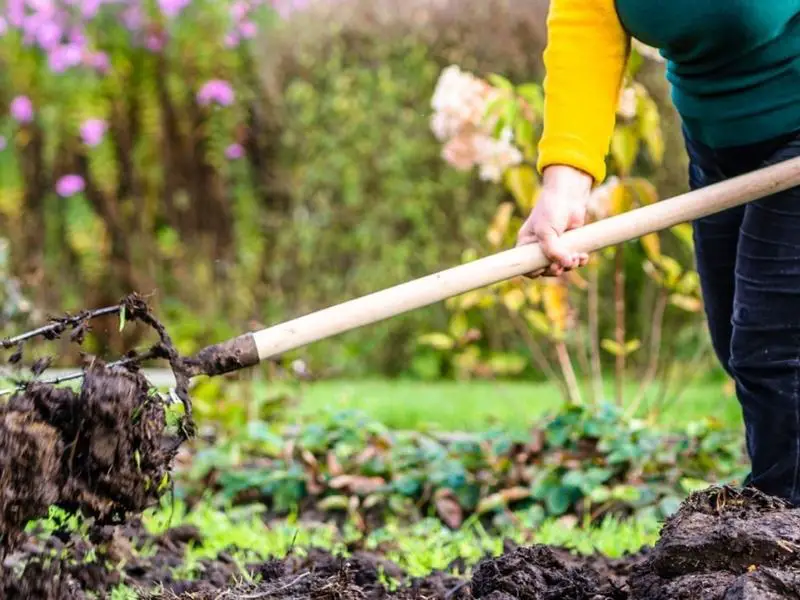
There are a few key steps to preparing a fall garden to ensure that the annual plants are mature enough to thrive in the cold:
- Look up the average date for the first and last frost dates for your zip code, and choose seeds that reach maturity within the time until that date
- Start hardy annual seeds, with slow root development, indoors 12 to 14 weeks before the first frost
- Prepare the soil in an outdoor garden bed, while indoor seeds develop, by adding nutrients such as worm castings and compost
- Prepare tender annual seeds, with quick root development, by soaking them in a bowl of water in the fridge for one night before direct planting to speed up their germination
- Transfer indoor seedlings to outdoor garden beds after three weeks. At the same time, plant the tender annual seeds into the garden beds. Make sure to push seeds deeply into the beds where the cooler soil will promote germination
- Add mulch around each plant as it grows to keep the ground cool. Straw and grass clippings make good homemade mulch
- Cover plants during warm days with floating row covers to prevent worms from ruining the new plants. Use shade coverings during the hot, late summer and early fall days
Timeline for Planting a Fall Garden
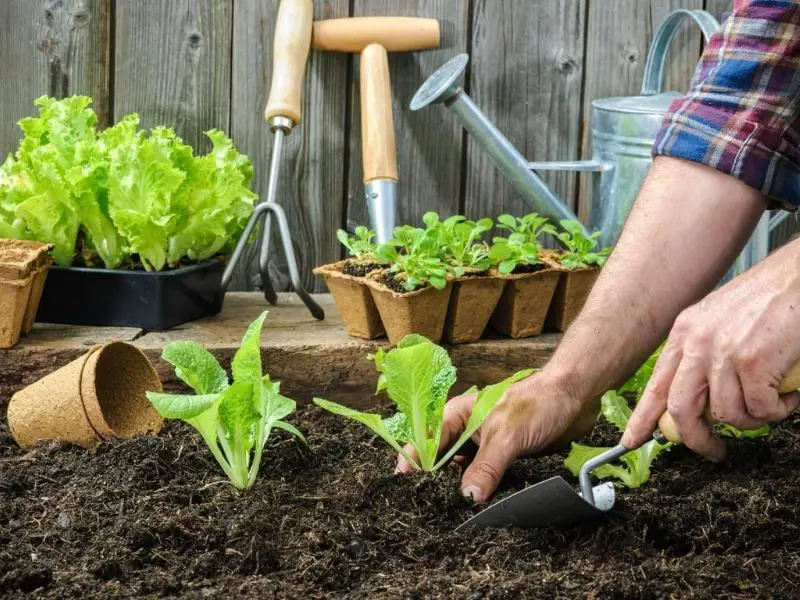
After calculating the frost date for your area, prepare the fall garden based on this timeline:
- 12 to 14 weeks before the first frost — Sow tender annual plant seeds directly into outdoor garden beds. Sow hardy annual plant seeds indoors
- 10 to 12 weeks before the first frost — Transfer indoor seedlings into the outdoor garden bed(s), and sow hardy seeds like collards, carrots, beets, scallions, leeks, radishes and lettuce directly into the outdoor garden beds
- 8 to 10 weeks before the first frost — Sow seeds like turnips, mustard greens, Asian greens, spinach, and arugula directly into outdoor garden beds. Add more lettuce and radish seeds to the garden to enjoy a staggered harvest leading up to the frost date
- 6 to 8 weeks before the first frost — Sow the final batches of lettuce and spinach. Add a protective frame over the last batches to protect these plants from the cold
Advantages of Planning Ahead for a Fall Garden
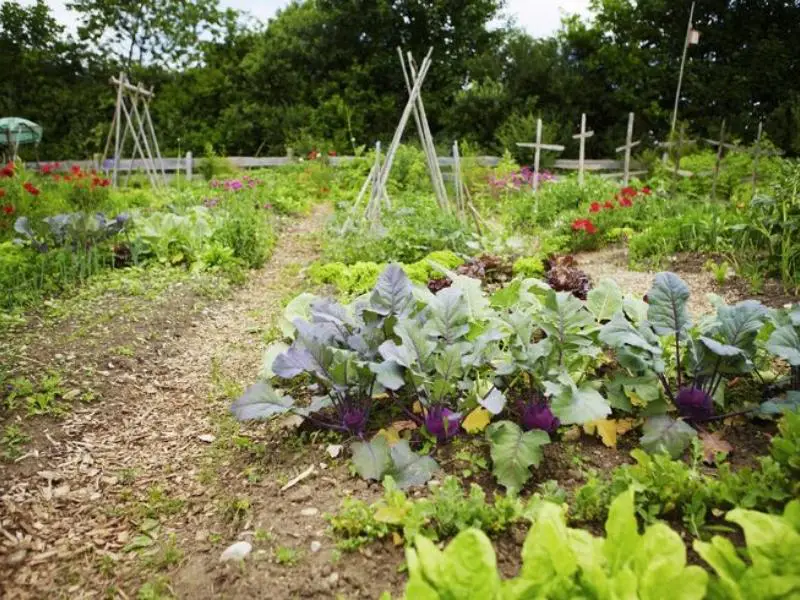
Planning for a fall garden over the summer gives you enough time to prepare the soil for the new seeds. Planning also helps gardeners plant seeds early enough for the plants to mature fully before the cold weather begins.
A well-prepared fall garden results in successful crops that are matured in time to be enjoyed when fall and winter arrive. This avoids frost and harsh weather ruining the crops and leaving a small fall harvest or no fall harvest at all.
Cool fall weather acts as a refrigerator that keeps mature plants healthy for longer. However, if the plants haven’t matured in time, they won’t survive in a fall garden.
Fall Garden Layout Ideas and Inspiration
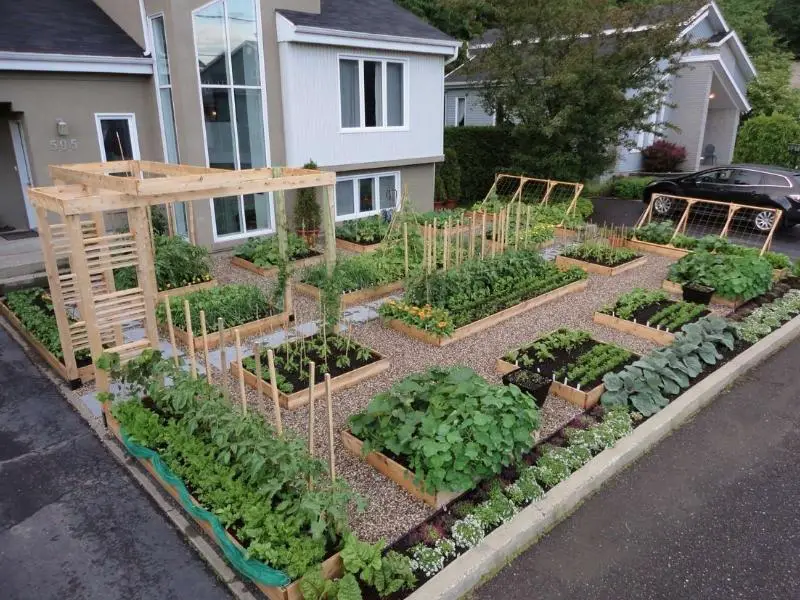
Try these garden layout ideas to plan a fall garden and adjust as needed for the plants you have chosen to grow.
Fall Garden Layout: Three-Bed Complementary Plants
In three or more raised or buried beds, that are at least 3 feet deep, space fall garden plants according to the instructions on the seed packages.
Plant up to two varieties of plants in each bed using vegetables that complement each other structurally. For example, plant one bed with three tomato plants in the middle of a bed, surrounded by bean bushes in the remaining spaces. Peas and carrots also grow well together, as do cucumbers and spinach.
In a second bed, plant vegetables that complement each other’s harvest times. Because lettuce and corn are planted at different stages, plant these plants together in their own bed.
In a third bed, add plants that complement each other visually. Plant a mix of herbs and fall flowers to add color to the garden.
Fall Garden Layout: One-Bed Complementary Plants
One garden bed can hold many plants to make harvesting easy. Using one garden bed that’s roughly 6 feet wide and 8 feet long, space companion plants according to the package instructions. This method will create a colorful fall garden.
Place companion plants close together to keep plants healthy and thriving. For example, combine late-producing plants, such as tomatoes and bell peppers, in one row.
Grow climbing peas around circular tomato cages in another row. Plant spinach, carrots, bush green beans, and broccoli interspersed in an additional row and complete the last row with mixed herbs.
The mix of colors and varieties of plants in one garden bed makes for a colorful, easy garden that is perfect for small spaces.
Tips and Expert Advice for Fall Gardens
Keep these extra tips in mind when planning a fall garden:
- Harvest brassicas, greens, and root vegetables in the fall — these plants taste best when grown in cold months
- Start with a small vegetable garden when planting a fall garden for the first time. Plant a few batches of one root vegetable and one green and then add more vegetables for the next fall garden
- Rotate crops to reduce the chance of pests and diseases, that may have affected the previous crop, from reinfecting the new crop. Clear away all the debris, roots, leaves, and weeds from the previous crop before planting new ones
- Don’t use frost covers during the hotter months because the covers will overheat and kill the seeds. Instead, use shade cloths to shield the fall seeds during hot weather
- Harvest summer and spring crops on time to make room in the garden beds for the fall plants
If these tips are followed, gardeners should achieve a healthy and bountiful fall garden.

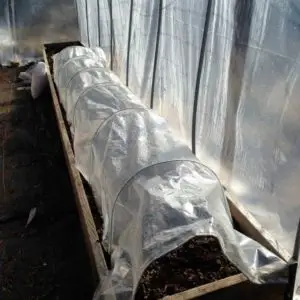
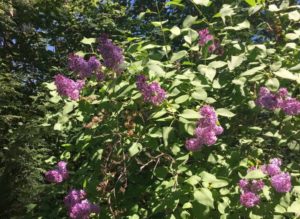


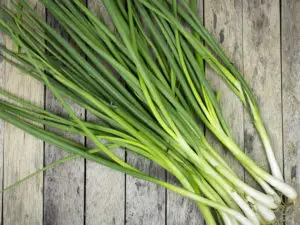
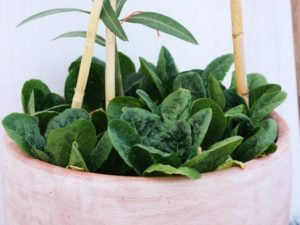
This article provides informative and accurate information about planning a fall garden. I appreciate your blog post. Carry on your work and sharing your information with us.